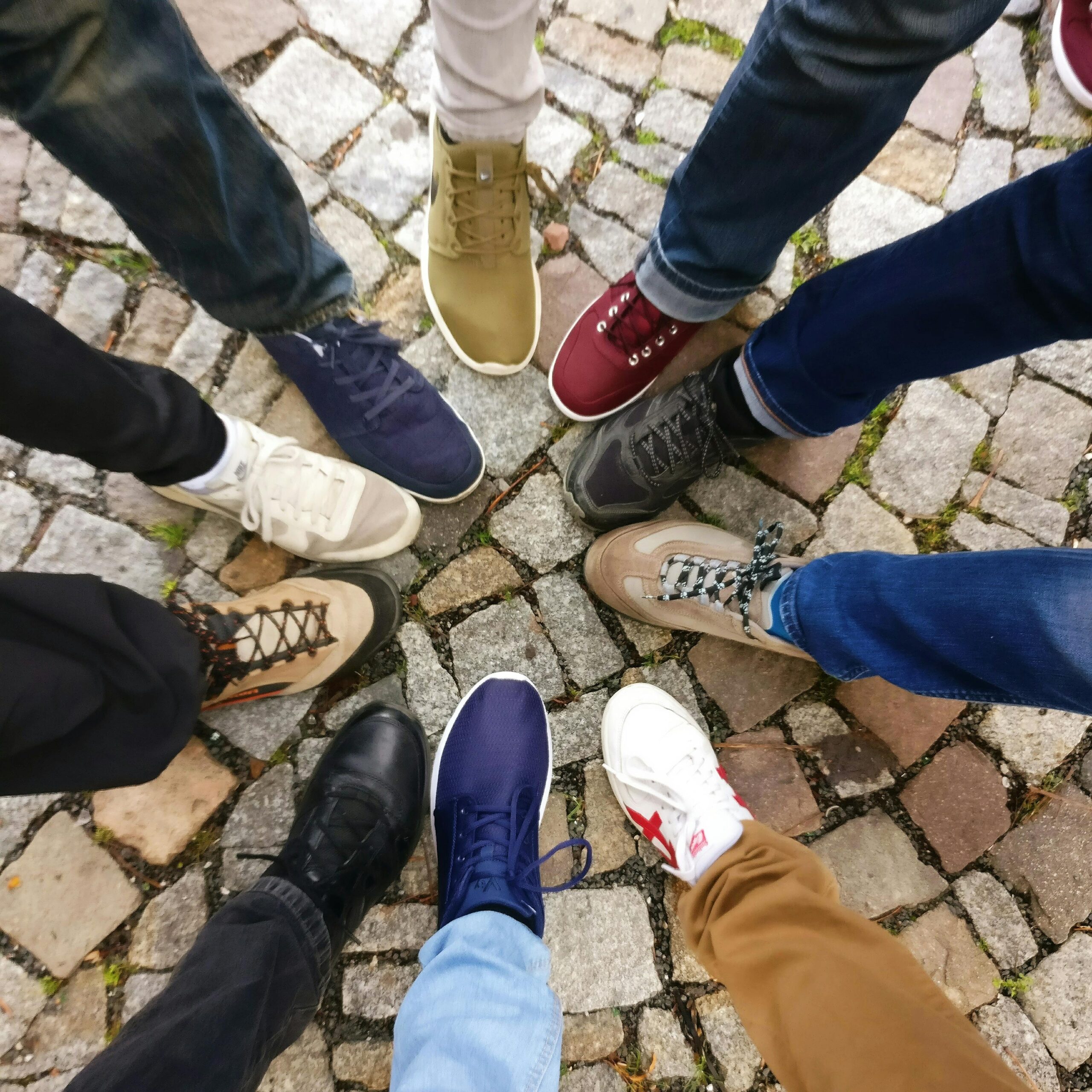Healing Through Self-Development: An EI Guide
Table of Contents
- What is “Healing” in the Context of Self-Development?
- The First Step: How Self-Awareness Opens the Door to Healing
- Self-Regulation: Your Anchor in the Storm of Healing
- Empathy: Healing Your Relationship With Yourself and Others
- Practical Tools for Healing and Self-Development
- Further Resources for Your Journey
- The Path Is the Purpose
What is “Healing” in the Context of Self-Development?
When we talk about “healing,” it’s easy to think of a major wound or a significant trauma. And while healing certainly includes those things, it’s also much broader. Healing is the process of integrating all of our life experiences, big and small, so they no longer control us from the shadows.
It’s about processing the small paper cuts of a critical comment, the larger ache of a relationship that ended badly, or the deep-seated beliefs we inherited about who we are supposed to be.
This is where self-development comes in. Self-development isn’t just about adding new skills, like learning to code or speaking a new language. At its core, self-development is the act of becoming more yourself. And to do that, you must gently, and bravely, look at the parts of you that need healing.
This entire journey is an exercise in emotional intelligence. It’s the application of EI in its most profound form: using your awareness and regulation skills to repair your own inner world.
The First Step: How Self-Awareness Opens the Door to Healing
You cannot heal what you cannot see.
This is the fundamental truth of self-development. Healing begins with self-awareness. It’s the brave act of holding up a mirror and looking, <em>really looking</em>, at your own patterns, triggers, and emotional habits without judgment.
It’s the moment you stop blaming the traffic for your anger and ask, “Why am I so reactive today? What’s really going on under the surface?”
Recognizing the signs of a lack of self-awareness is the starting point. Maybe you notice you always get defensive when someone mentions money, or you consistently procrastinate on important tasks. These are signals.
Self-awareness invites you to get curious about them. Instead of labeling them as “bad,” you can see them as messengers from a part of you that is trying to protect you from a past hurt. To get started, you can try these 10 simple exercises to boost self-awareness.
Self-Regulation: Your Anchor in the Storm of Healing
Once you start looking, you will inevitably find things that are uncomfortable. Healing is not a calm, linear process. It can be messy and emotional. Old feelings of sadness, anger, or fear will come to the surface.
This is where many of us get stuck. We touch the pain and immediately recoil, distracting ourselves with work, social media, or any available numbing tool.
Self-regulation is the skill that allows you to stay present with that discomfort. It’s the anchor that keeps you steady in the storm. It’s the ability to feel a powerful, painful emotion rise up, and to breathe through it without letting it hijack you.
What is self-regulation? It’s the practice of creating space between a feeling and a reaction. In that space, you find your power. You can soothe your own nervous system. You can reassure the younger part of you that you are safe, and you are no longer in the past.
Empathy: Healing Your Relationship With Yourself and Others
The most common roadblock to healing is shame. We look at our past mistakes or our perceived flaws and we meet them with harsh judgment.
The antidote is empathy, and it has to start with yourself.
Self-compassion is empathy turned inward. It’s the practice of speaking to yourself with the same kindness and understanding you would offer a dear friend who was struggling. It’s letting go of the need to be perfect and accepting your whole, beautifully imperfect self.
When you practice self-compassion, something remarkable happens. Your capacity for empathy for others expands. You stop seeing people as one-dimensional heroes or villains. You recognize their behavior as a signal of their own pain, their own unmet needs, and their own healing journey.
This is how we heal our relationships. We see ourselves more clearly, and in doing so, we can finally see others, too.
Practical Tools for Healing and Self-Development
This journey is practical, not just theoretical. Here are a few foundational practices:
- Journaling: This is a simple, powerful tool for self-awareness. Ask yourself questions like, “What am I feeling right now, and where in my body do I feel it?” or “What did I need to hear today that I didn’t?”
- Mindfulness and Meditation: This is the gym for your self-regulation muscle. Even five minutes a day of focusing on your breath trains your brain to pause and observe, rather than just react.
- Setting Boundaries: A massive part of healing is realizing where you have been abandoning yourself to please others. Learning how to set clear boundaries is an act of profound self-respect and a critical part of self-development.
- Try New Things: Use practical emotional intelligence activities to build new neural pathways and practice these skills in a low-stakes way.
Further Resources for Your Journey
This work is deep, and you don’t have to do it alone. Here are a few resources to guide you:
- Books: We have a list of some of the best emotional intelligence books, as well as a summary of Daniel Goleman’s foundational work. For healing specifically, The Body Keeps the Score by Bessel van der Kolk is essential reading.
- Podcasts: Shows like Tara Brach’s podcast offer guided meditations and talks on self-compassion and healing.
- Professional Support: A therapist, counselor, or coach can provide a safe, structured environment to explore these topics. They are an invaluable guide on this journey.
The Path Is the Purpose
Healing is not a one-time event. It’s not a destination you arrive at. It is the same thing as self-development: a lifelong, moment-to-moment <em>process</em> of choosing awareness over numbness, compassion over judgment, and growth over stagnation.
This journey is the work of a lifetime. It is the most challenging, and most rewarding, work you will ever do. Be patient with yourself. Be kind. The path itself is the purpose.
This article is for educational purposes only and is not intended as medical or professional advice.
-

Self Reflection Exercises for Emotional Growth
-

10 Simple Exercises to Boost Self Awareness Every Day
-

10 Simple Exercises to Boost Self Awareness Every Day


